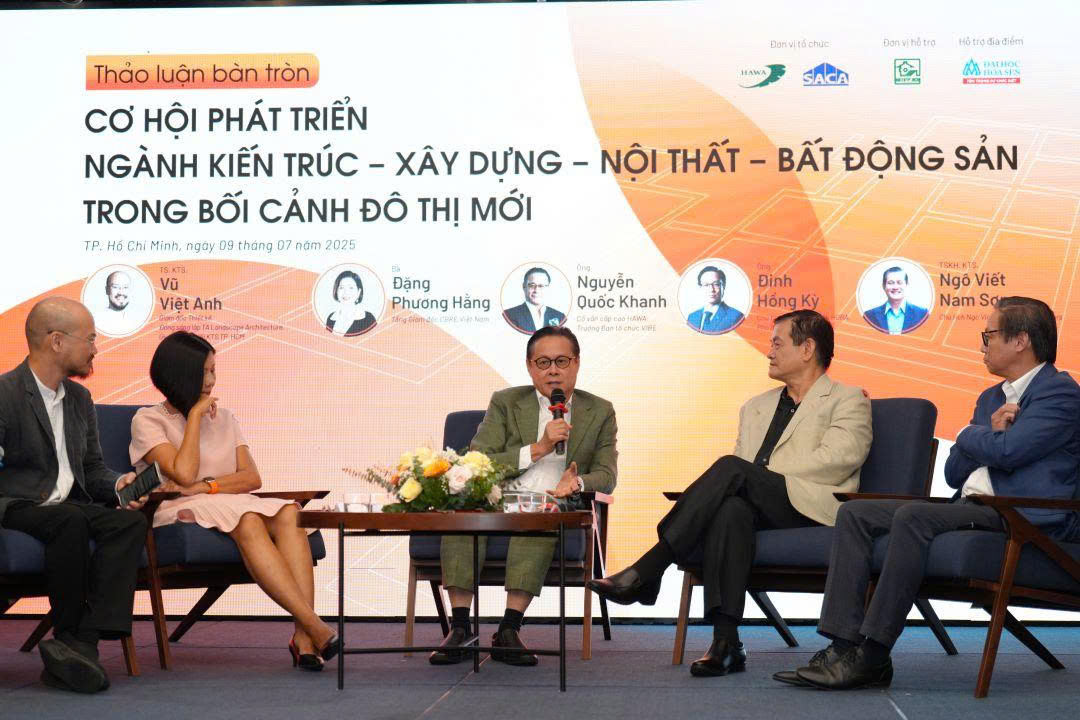HCMC – The general master plan for the newly expanded HCMC should be urgently revised to address post-merger challenges, prevent regulatory overlap, and unlock the full potential of the marine economy and logistics sectors.
The issue was raised at a seminar titled “Administrative Reform – Creating Development Space” held on July 9, 2025, where policymakers, urban planners, and business leaders gathered to discuss the city’s future after the provincial merger.
The integration of HCMC with Binh Duong and Ba Ria–Vung Tau is set to create a vast new development zone, unlocking significant growth potential in marine economy, logistics, finance, and high-tech industries.
Dr. Pham Tran Hai from the HCMC Institute for Development Studies stressed the urgent need to revise the city’s master plan, emphasizing the inclusion of marine economic strategies linked to the Cai Mep-Thi Vai deep-water port in former Ba Ria-Vung Tau Province.
The revised master plan should prioritize transformative growth in key sectors like finance, high-tech, logistics, renewable energy, and eco-tourism, while advancing the university urban model and fostering innovation through a “quadruple helix” collaboration among Government, academia, industry, and communities.
Sharing the same view, architect Ngo Viet Nam Son said HCMC is poised to become a modern coastal metropolis with strong international connectivity.
If properly planned, the Cai Mep-Thi Vai-Can Gio port cluster could evolve into a regional international port hub, serving as a key gateway for imports and exports across the entire Southeast region.
Phung Quoc Man, chairman of the Handicraft and Wood Industry Association of HCMC (HAWA), noted that the newly integrated economic zone would allow the wood sector to optimize logistics and tap into broader export markets.
Binh Duong, as a major wood manufacturing hub with nearly US$5 billion in exports, HCMC’s role as a commercial and tech center, and Ba Ria-Vung Tau’s strategic seaports together would create a seamless value chain, improving market agility and lowering operating costs.
Pham Hien Nhan, product director at Viglacera Tiles, said restructuring the company’s factory system based on regional alignment could help reduce logistics costs by 5% to 10%.
Experts also recommended allowing the existing master plans of HCMC, Binh Duong, and Ba Ria-Vung Tau to remain in effect until a unified plan is officially adopted.
They further proposed decentralizing and delegating the authority to approve adjustments to HCMC’s planning, in line with the principle of “local decision-making, local implementation, and local accountability.”









